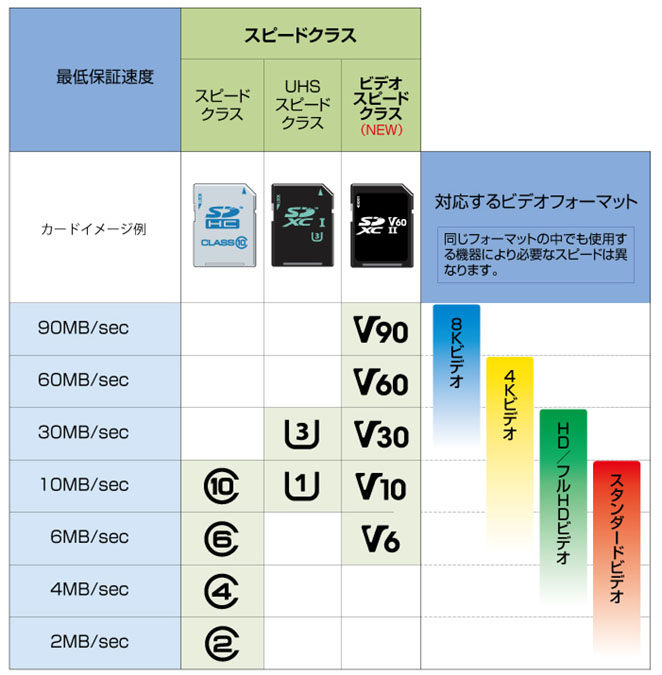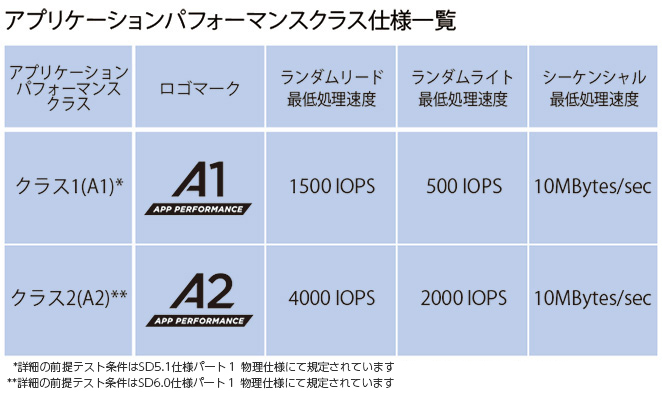Solaris10だったら以下のファイルあたりの変更でやってた
/etc/nodename
/etc/hostname.ネットワークインタフェース名
/etc/hosts
/etc/resolv.conf
/etc/nsswitch.conf
Solaris11だとファイルを編集するのではなく、コマンドで変更する形になる
資料:Oracle® Solaris 10 から Oracle Solaris 11.3 への移行「Oracle Solaris 11 でのネットワークの構成」
現在のホスト名確認
# hostname
ホスト名変更
# svccfg -s svc:/system/identity:node setprop config/nodename=ホスト名
# svcadm refresh svc:/system/identity:node
# svcadm restart svc:/system/identity:node
# vi /etc/hosts で関係するホスト名を修正
# reboot
refreshのところは「svcadm refresh node」でも大丈夫説がある模様
ネットワーク設定確認
ネタ元 IPv4 インタフェースの構成
# ipadm show-addr
# ipadm show-if
# route -p show
# netstat -rn
# dladm show-phys
# dladm show-link
ネットワーク設定変更
現在値を消して、新規作成となるが2種類手順がある
アドレス設定のみ削除するもの
# ipadm delete-addr net?/v4
# ipadm create-addr -T static -a local=<IPアドレス>/<プレフィックス> net?/v4
ネットワーク定義全体を削除するもの
# ipadm delete-ip net?
# ipadm create-ip net?
# ipadm create-addr -T static -a local=<IPアドレス>/<プレフィックス> net?/v4
デフォルトゲートウェイ設定
# route -p add default <IPアドレス>
DNS設定確認
# svccfg -s network/dns/client
svc:network/dns/client> listprop config
<略>
svc:network/dns/client> quit
#
DNS設定変更
(ネタ元 DNS クライアントを有効にする方法 )
# svccfg -s network/dns/client
svc:/network/dns/client> setprop config/search = astring: ("<ドメイン名>" "<ドメイン名>")
svc:/network/dns/client> setprop config/nameserver = net_address: (<IPアドレス> <IPアドレス>)
svc:/network/dns/client> setprop config/options = timeout:1
svc:/network/dns/client> select network/dns/client:default
svc:/network/dns/client:default> refresh
svc:/network/dns/client> quit
#
# svcadm enable network/dns/client
nsswitchの設定を確認する場合
# cat /etc/nsswitch.conf
# svccfg -s system/name-service/switch
svc:/system/name-service/switch> listprop config
<略>
svc:/system/name-service/switch> quit
#
nsswitchを変更する場合の例
# svccfg -s system/name-service/switch
svc:/system/name-service/switch> setprop config/host = astring: "dns files [TRYAGAIN=0]"
svc:/system/name-service/switch> select system/name-service/switch:default
svc:/system/name-service/switch:default> refresh
svc:/system/name-service/switch:default> quit
# svcadm enable system/name-service/switch
# svcadm refresh name-service/switch
Oracle公式に書いてあるDNSサーバ設定手順例
# svccfg -s dns/client setprop config/nameserver=net_address: 192.168.1.1
# svccfg -s dns/client setprop config/domain = astring: "foohost.org"
# svccfg -s name-service/switch setprop config/host = astring: "files dns"
# svcadm refresh name-service/switch
# svcadm refresh dns/client
rootユーザのログイン拒否問題
telnet は /etc/default/login の「CONSOLE=/dev/console」をコメントにする
sshは/etc/ssh/sshd_configに「PermitRootLogin yes」を設定して「svcadm restart ssh」
1つのNICに複数のIPアドレスをつける
eth0:1 というような感じで1つのNICに複数のIPアドレスをつけるやり方
# ipadm create-addr -T static -a local=xxx.xxx.xxx.xxx/24 net0/newif
#
ifconfig -aで見ると、net0:1 というデバイスが作られています。
削除する場合は以下
# ipadm delete-addr net0/newif
#




